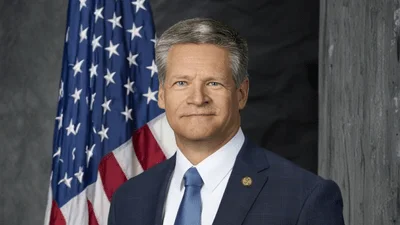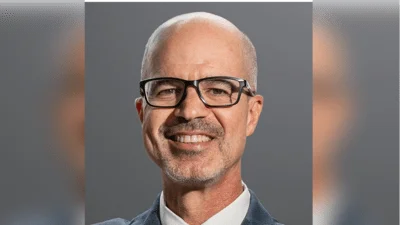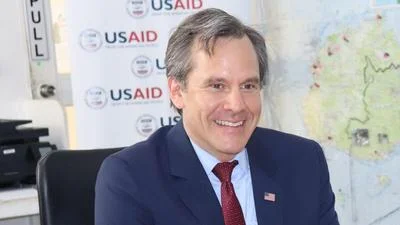The Congressional Record is a unique source of public documentation. It started in 1873, documenting nearly all the major and minor policies being discussed and debated.
“STATEMENTS ON INTRODUCED BILLS AND JOINT RESOLUTIONS” mentioning the Federal Reserve System was published in the Senate section on pages S1032-S1033 on Feb. 23, 2015.
The publication is reproduced in full below:
STATEMENTS ON INTRODUCED BILLS AND JOINT RESOLUTIONS
By Mr. REED:
S. 530. A bill to require the president of the Federal Reserve Bank of New York to be appointed by the President, by and with the advice and consent of the Senate; to the Committee on Banking, Housing, and Urban Affairs.
Mr. REED. Mr. President, I am reintroducing legislation that would require the head of the Federal Reserve Bank of New York to be appointed by the President and confirmed by the Senate.
In 2010, I worked to include a provision with similar language in the Senate version of the Wall Street Reform and Consumer Protection Act, but it was ultimately not included in the final version of this law.
I noted then that, ``if the Governors of the Federal Reserve System in Washington are required to be confirmed by the Senate, then the President of the Federal Reserve Bank of New York, who played a pivotal and perhaps more powerful role in obligating taxpayer dollars during the financial crisis, should also be subject to the same public confirmation process.''
In short, the New York Fed is unlike any of the other 11 regional Federal Reserve Banks.
For instance, along with the seven Governors of the Federal Reserve System who each require Senate confirmation, the president of the New York Fed is a permanent member of the Federal Open Market Committee, FOMC, and also acts as the FOMC's Vice Chairman. This is a significant distinction because the FOMC establishes the Federal Reserve System's monetary policy, which in the wake of the financial crisis resulted in the Federal Reserve's balance sheet growing to almost five times what it was before the crisis in an attempt to reduce long-term interest rates.
Also, the New York Fed is solely responsible for implementing an aspect of monetary policy known as open market operations through which U.S. Treasury securities are purchased and sold on a secondary basis to influence the levels of bank reserves. This means that the New York Fed is in a position to pick and choose its counterparties in these secondary market transactions, giving considerable advantages to one market maker over another, which raises the potential for conflicts of interest.
In addition, the New York Fed is entrusted with protecting the U.S. dollar in foreign exchange markets.
According to the New York Fed itself, ``though it serves a geographically small area compared with those of other Federal Reserve Banks, the New York Fed is the largest Reserve Bank in terms of assets and volume of activity.'' Indeed, the New York Fed in its regulatory role is not only in charge of supervising some of the largest banks in the country, but also some of the most active financial institutions.
While this is not a comprehensive list of the New York Fed's special and distinctive responsibilities, these examples demonstrate the powerful and pivotal role the New York Fed plays in implementing our Nation's monetary policy and enforcing our banking laws. As such, we should have every expectation that the New York Fed has the public interest in mind to the fullest extent when it conducts its duties.
Unfortunately, these expectations have not been met. Last year, the Office of Inspector General, OIG, of the Board of Governors of the Federal Reserve System described the New York Fed's oversight efforts with respect to one large banking institution that eventually suffered billions of dollars in trading losses as a
``missed opportunity.'' Additionally, a report aired in September of last year on the public radio program ``This American Life'' cast doubt on whether changes the New York Fed made after the financial collapse to address regulatory capture were sufficient to ensure it would be a more proactive banking regulator and could prevent a future financial disaster.
All of this is unsettling, and it is past time that we add meaningful layers of accountability so that we can be better assured of the New York Fed's ability to address potential financial pitfalls in advance.
By subjecting the president of the New York Fed to the confirmation process, an important check and balance will be added. The Senate will have an opportunity to evaluate whether a nominee has the experience, character, judgment, and skills to serve effectively as one of the most powerful banking regulators in the country, if not the world. Also, this legislation requires the New York Fed president to testify before the Senate Banking Committee and the House Financial Services Committee at least once a year, so that Congress no longer has to negotiate about whether the New York Fed president will appear before Congress for oversight hearings. Simply put, this legislation is about holding the New York Fed accountable. The New York Fed is just too powerful to be left unchecked.
I thank Americans for Financial Reform, Public Citizen, the AFL-CIO, and the Independent Community Bankers of America for their support, and I urge all my colleagues to join me in moving this legislation forward.
____________________








